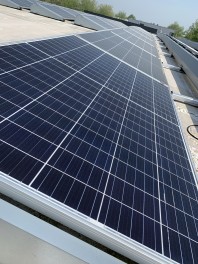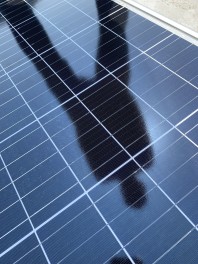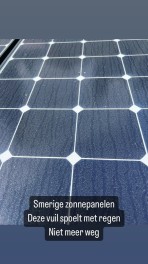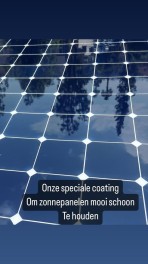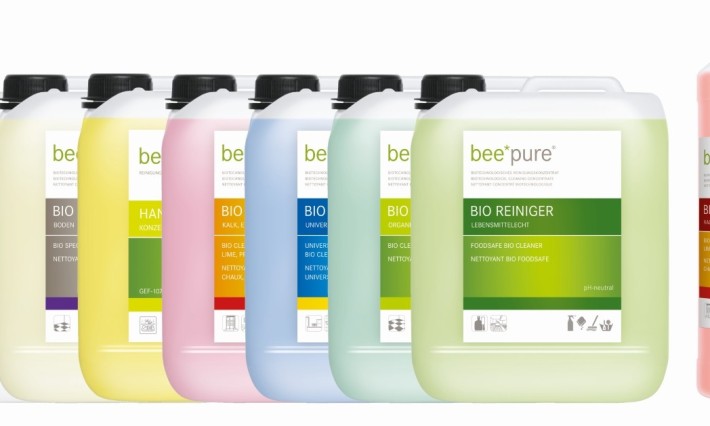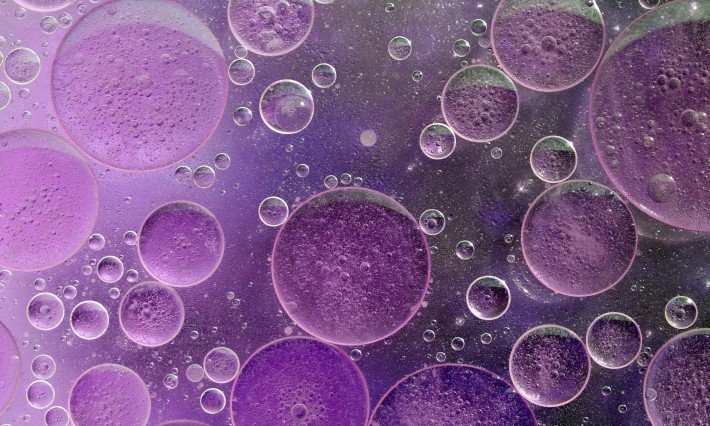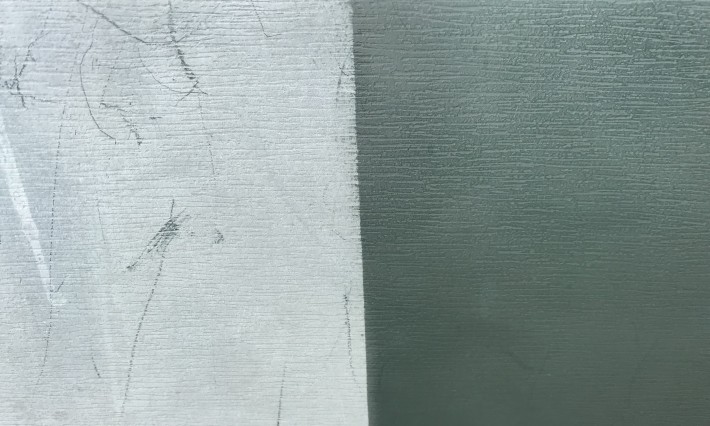You currently do not have any products in your cart.
-
Sustainability & Environment
-
Environmental Innovation
-
Premium Quality – Made in Europe
-
Ultimate Protection & Care
-
Efficiency & Cost Savings
Nano-coating for Clean Solar Panels
Nano-coating makes solar panels water and dirt repellent, reduces deposits and increases light absorption. This improves efficiency and extends lifespan without additional maintenance.

Home Applications Increasing the yield of solar panels
ROLE OF NANOCOATING IN MAINTAINING SOLAR ENERGY PV EFFICIENCY: AN OVERVIEW
Solar energy is cleaner and more sustainable than any other energy stream. Solar panel efficiency is reduced due to bird deposition, pollution, and dust from traffic or agricultural activities. Ideally, solar panels should be cleaned regularly, but this is challenging for large installations. Using commercially available cleaning agents can be time-consuming, costly, and environmentally damaging. Nanocoatings offer a solution, such as self-cleaning nanocoatings that increase efficiency.
INTRODUCTION
With the growing demand for energy and the need for sustainable sources, solar energy is taking center stage as a potential solution. Solar cells, which convert photons into electrical energy, are at the heart of this energy production. Maintaining the efficiency of solar panels throughout their lifetime is vital due to the high capital costs.
CHALLENGES OF EFFICIENCY
The accumulation of dust, dirt and other particles on solar panels leads to loss of efficiency. In dusty environments in particular, this loss can amount to up to 20%. However, manual cleaning of solar panels is time-consuming, expensive and not environmentally friendly.
NANOCOATINGS: A SOLUTION
Nanocoatings, coatings on a nanoscale, offer solutions to these challenges. By applying nanocoatings, solar panels can stay clean longer and operate more efficiently than conventional panels. Self-cleaning nanocoatings with hydrophobic properties ensure that water and particles are repelled, keeping the panels clean and maintaining their maximum efficiency.
LOTUS-NAPOTING: SUPERHYDROPHOBIC COATINGS
Inspired by lotus leaves, superhydrophobic coatings have been developed. These coatings have a microscopic rough surface that repels water and dirt. This keeps the panels clean and dry, which contributes to their efficiency and lifespan.
TYPES OF NANOCOATINGS
Nanocoatings are versatile and can be tribological, responsive or superhydrophilic. These coatings have a wide range of applications, from reducing friction and wear to responding to environmental factors such as light or heat.
ADVANTAGES OF NANOCOATINGS
Nanocoatings offer several advantages, such as hydrophobic properties that increase water repellency and self-cleaning effects that repel dirt and particles. This extends the life of solar panels and reduces maintenance costs.
CHALLENGES AND CONCLUSIONS
Although nanocoatings can reduce efficiency losses, reduced light transmission must be taken into account. Nevertheless, nanocoatings offer significant potential to make solar energy more efficient and sustainable.
Nanocoatings have the power to improve the efficiency and lifespan of solar panels. They are a promising step towards clean and sustainable energy, and contribute to the growing role of nanotechnology in the energy industry.
Coating features:
- Protection against aggressive pollutants
- Anti-reflective properties (especially important in the solar panel industry)
- Protection against glass corrosion
- Protection against wear
- Water/oil repellent
- Food safe
- Antibacterial properties
- Easy to clean
The transparency of the glass is not reduced by the glass coating and unfavorable light reflection is eliminated.
Other applications
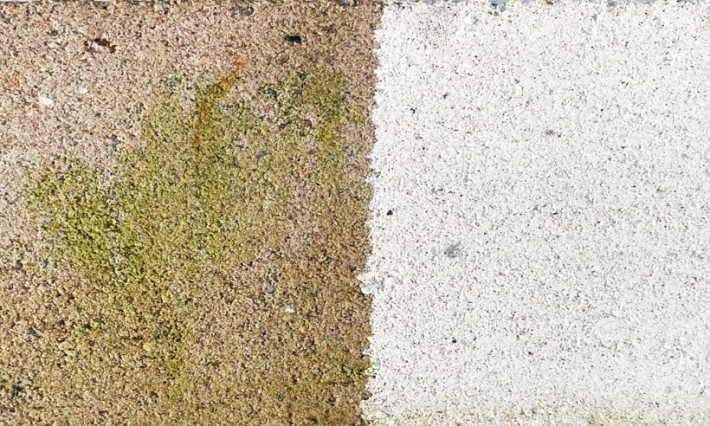
Read more Facade protection
Read more
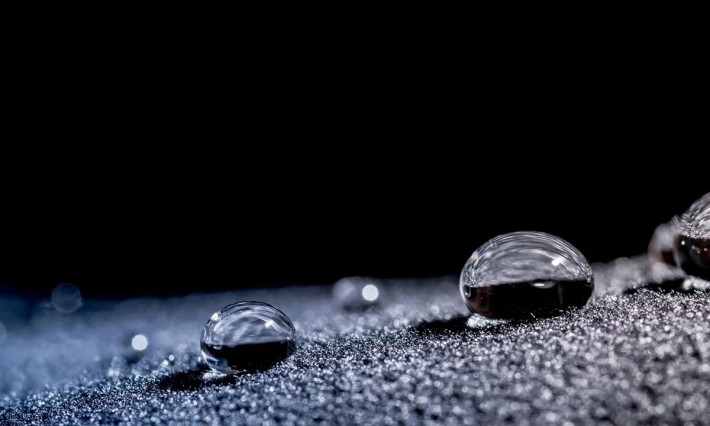
Read more Nano Coatings for Electronics
Read more
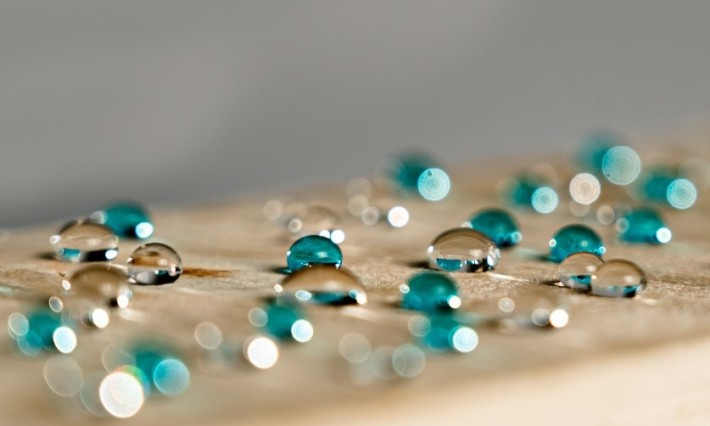
Read more Wood coating with UV blocker
Read more

Read more Nano coating for glass
Read more

